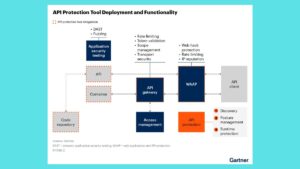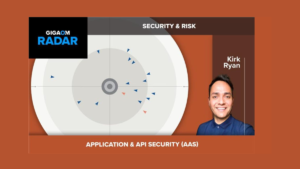The Heart of the Organization: 12 Key Functions of Human Resources in 2024


Human Resources (HR) is no longer just about paperwork and payroll. In today’s dynamic business landscape, HR plays a pivotal role in attracting, developing, and retaining top talent, ultimately driving organizational success. This blog post delves into the 12 key functions of HR in 2024, highlighting their importance and emerging trends.
1. Human Resource Planning: Building for the Future
HR planning involves anticipating future talent needs of the organization. This proactive approach considers factors like business growth, technological advancements, and industry shifts. By forecasting skill gaps and workforce requirements, HR can develop strategies to attract, upskill, or reskill employees to meet future demands.
Trend to Watch: Data-driven HR planning. HR is increasingly leveraging analytics to predict future workforce needs and make data-backed decisions regarding talent acquisition and development.
2. Recruitment and Selection: Finding the Perfect Fit
Recruiting involves attracting qualified candidates for open positions. In an increasingly competitive talent market, HR needs to leverage multiple channels to reach top talent pools. Selection focuses on choosing the best candidate for the job through effective interviewing, testing, and reference checks.
Trend to Watch: AI-powered recruitment tools. AI can streamline resume screening, identify top candidates, and personalize the recruitment experience.
3. Onboarding and Ongoing Training & Development: Investing in Your People
Onboarding sets the stage for a positive employee experience and ensures new hires are integrated seamlessly into the organization. Ongoing training and development help employees acquire the skills and knowledge they need to excel in their roles and adapt to changing business needs.
Trend to Watch: Personalized learning experiences. Training programs are becoming more tailored to individual employee needs and learning styles, using technologies like microlearning and adaptive learning platforms.
4. Performance Management: Setting Expectations and Driving Growth
Performance management involves setting clear goals for employees, regularly measuring performance, and providing ongoing feedback. This helps employees understand their strengths and weaknesses and identify areas for improvement.
Trend to Watch: Continuous performance feedback. Traditional annual reviews are giving way to a more continuous feedback loop, fostering ongoing development conversations between managers and employees.
5. Career Planning and Development: Empowering Growth
HR plays a crucial role in supporting employee career development. This involves helping employees identify career paths within the organization, provide access to training and mentorship opportunities, and support their long-term professional goals.
Trend to Watch: Internal talent marketplaces. These platforms connect employees with internal job opportunities, fostering career growth and talent mobility within the organization.
6. Function Evaluation: Measuring the Impact of HR
Regularly measuring the effectiveness of HR programs is crucial to demonstrate their value to the organization. HR metrics track aspects like employee engagement, retention rates, time-to-fill for open positions, and cost per hire.
Trend to Watch: HR analytics dashboards. User-friendly dashboards provide real-time insights into key HR metrics, allowing HR professionals to make data-driven decisions and measure the impact of their initiatives.
7. Compensation and Benefits: Attracting and Retaining Top Talent
Companies need to offer competitive compensation and benefit packages to attract and retain top talent. This includes base salary, bonuses, paid time off, health insurance, and other perks.
Trend to Watch: Total Rewards approach. Businesses are moving beyond just traditional compensation to focus on a wider range of benefits, including work-life balance programs, wellness initiatives, and professional development opportunities.
8. Industrial Relations: Maintaining Harmony
HR plays a critical role in fostering positive relationships between employees and management. This includes managing collective bargaining agreements, addressing employee grievances, and ensuring a fair and safe work environment.
Trend to Watch: Focus on employee wellbeing. HR is increasingly addressing mental health initiatives and work-life balance programs to create a positive and supportive work environment.
9. Employee Participation and Communication: A Two-Way Street
Effective communication is crucial for employee engagement. HR facilitates this by creating channels for open communication between employees and management. This includes regular employee surveys, town hall meetings, and internal communication platforms.
Trend to Watch: Emphasis on employee listening. HR is placing a premium on actively listening to employee concerns and feedback to create a more responsive and employee-centric work environment.
10. Health and Safety: Protecting Your Workforce
HR plays a critical role in ensuring a safe and healthy work environment. This includes implementing safety procedures, providing safety training for employees, and addressing workplace hazards.
Trend to Watch: Focus on mental health. In addition to physical safety, HR is increasingly focusing on mental health and wellbeing initiatives to create a holistic approach to workplace safety.
11. Administrative Responsibilities: Keeping Things Running Smoothly
HR manages various administrative tasks essential for smooth organizational operations







